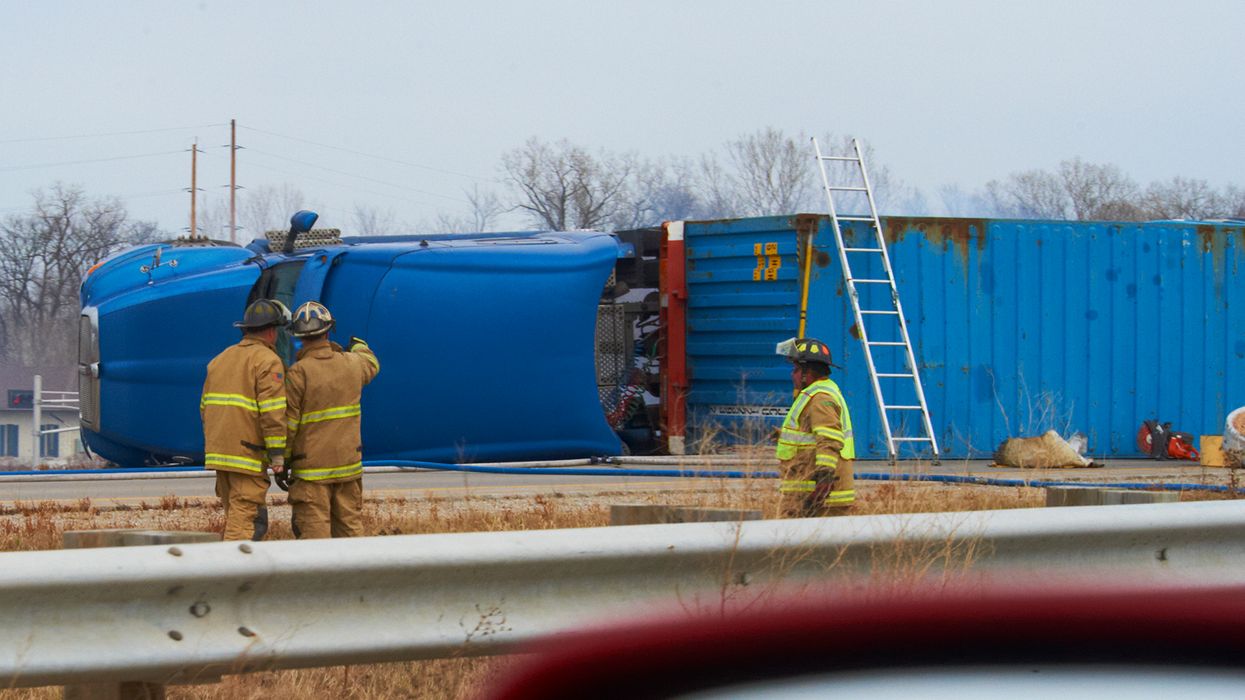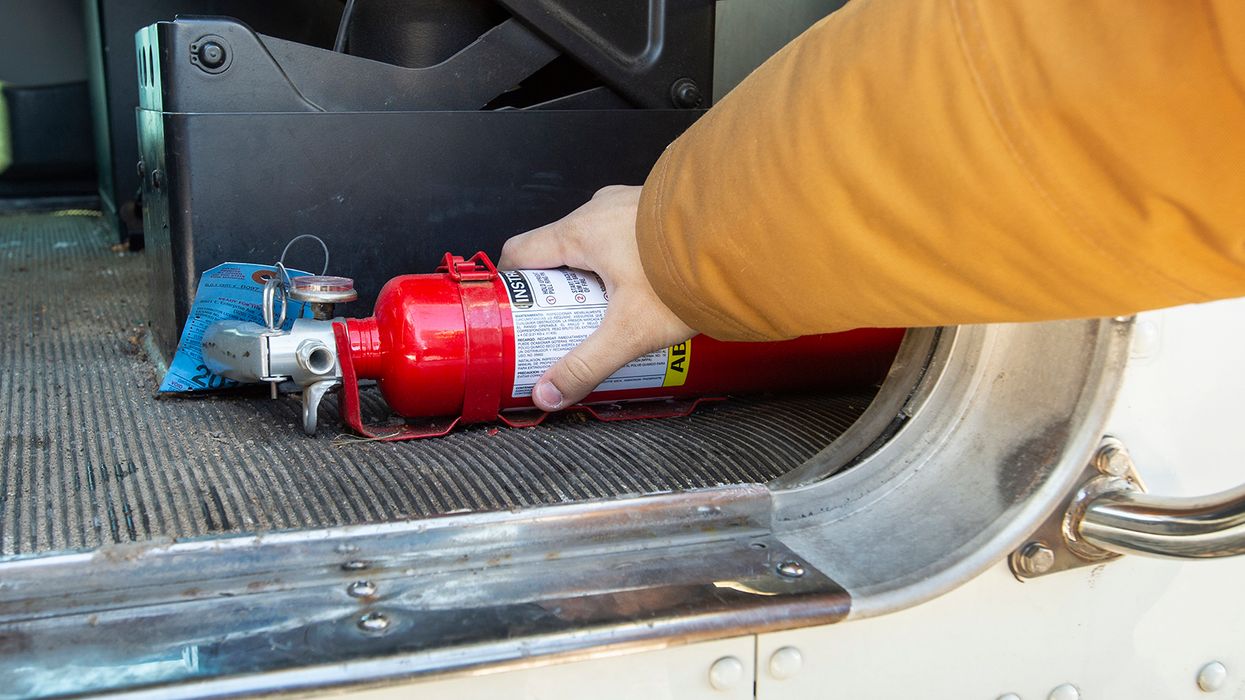Expert Insights: What's an environmental incident?
Yes, this includes traditional spills and releases. But have you considered looking beyond that? It can be beneficial to evaluate all types of environmental situations in your compliance programs that warrant tracking, corrective action, and, sometimes, reporting.
First, identify how your organization defines environmental incidents. You may decide it includes a wide range of environmental events or is very narrow in focus. For example, determine if it makes sense to include only releases that trigger regulatory reporting or if there’s a lower reporting threshold that’s more appropriate. If you track and investigate small spills, determine down to what level they’re addressed.
If your organization has multiple locations, does it make sense to create one set of rules for environmental incidents? Or does it create a stronger program to set different criteria and thresholds for each site or group of locations? I recently worked with a customer that operates three beverage manufacturing facilities and a dozen distribution centers. Because the risks and materials at each were different enough, it made sense for the customer to create distinct internal reporting criteria for each type of facility.
Also, consider the potential value of tracking and recording spills or leaks that occur inside buildings. These typically aren’t reportable, so many of you may be wondering why you should bother. There are many benefits to recording inside spills and leaks. I’ve worked with some environmental incident programs that effectively used this tracking as a leading indicator. Plus, you can see trends in equipment maintenance, operation, and housekeeping that, if adjusted, can help prevent similar incidents from occurring outside that would be reportable and could have a negative environmental impact. Identifying and investigating indoor spills can be an important component of employee safety as well.
Administrative program pieces are less commonly associated with an “incident,” but they should be considered. These incidents can fall under the radar, but most environmental enforcement actions are related to administrative incidents. Missed recordkeeping, missed reporting deadlines, and incomplete reports are all areas that trigger violations.
Clearly defining when something is and isn’t officially considered an incident helps you maintain a strong and compliant environmental program.

















































